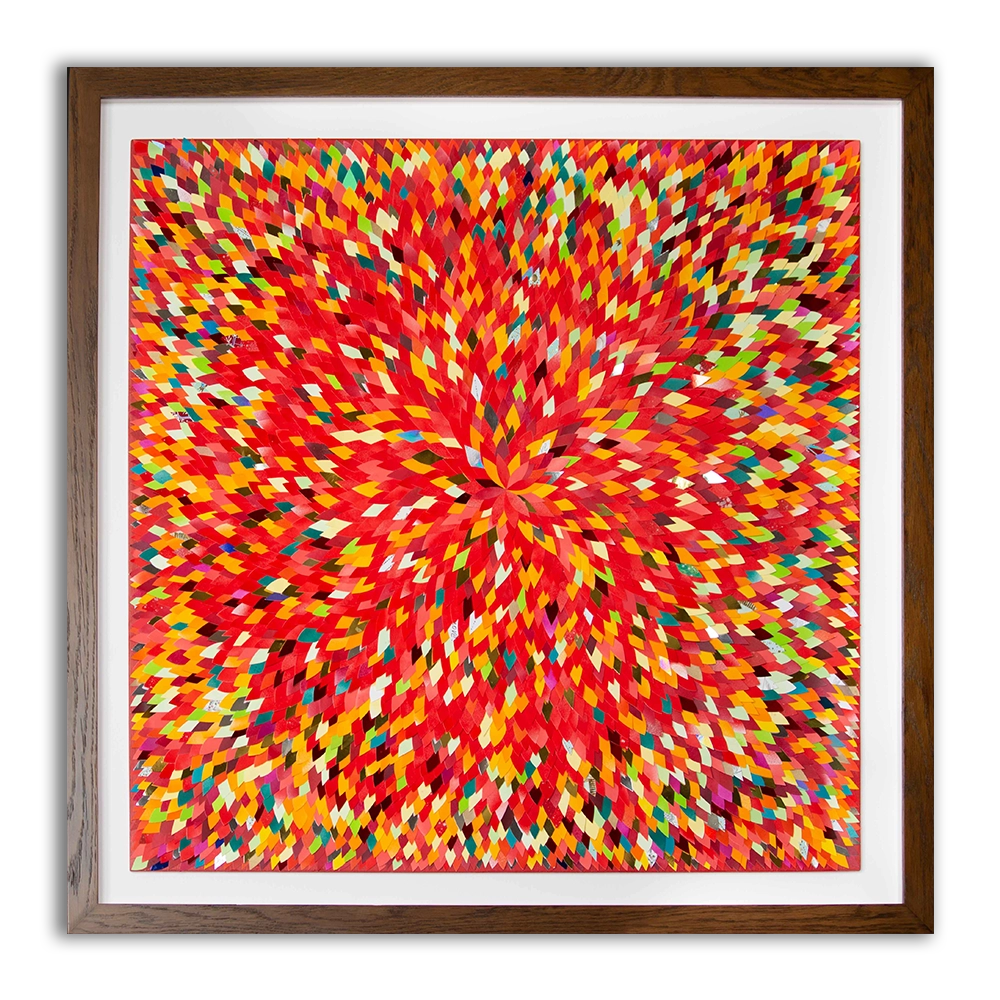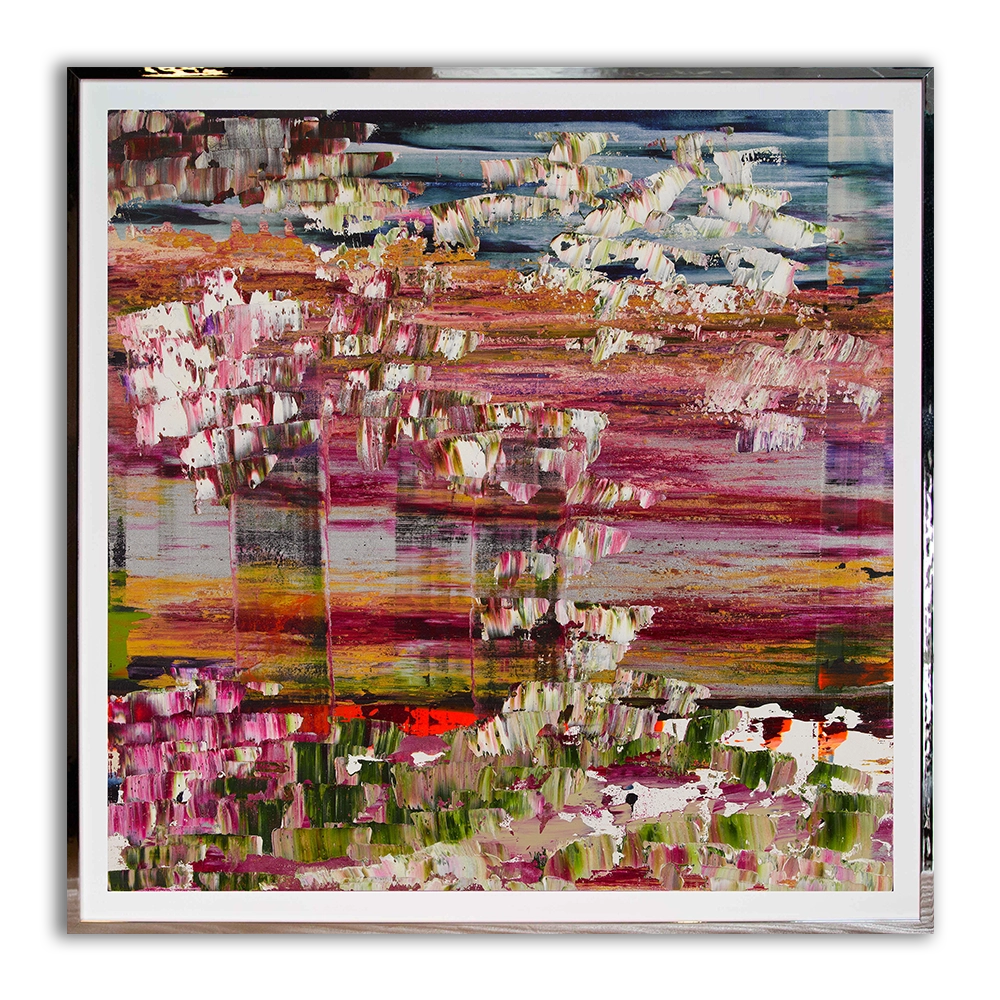Most of us want art we love first. That’s the main thing. If it happens to go up in value, then great. But how does that happen?
Or put simply, can you find both art you love, and that has a good chance to increase in value?
This guide gives a clear, no-nonsense summary of how it works. Yes, every year we hear about people flipping art for 10x, 20x and more, after a short time. That's gambling, essentially, with a bit of luck. That's not this guide.
This guide covers the concepts used by thousands of people to make a living in the art world. There are reliable variables which impact a work of art's likelihood of increasing in value. It's not as mysterious as people outside the art world seem to think. That's what this guide teaches.
I only recommend buying art you love, first and foremost, but you can do so with financial promise.

